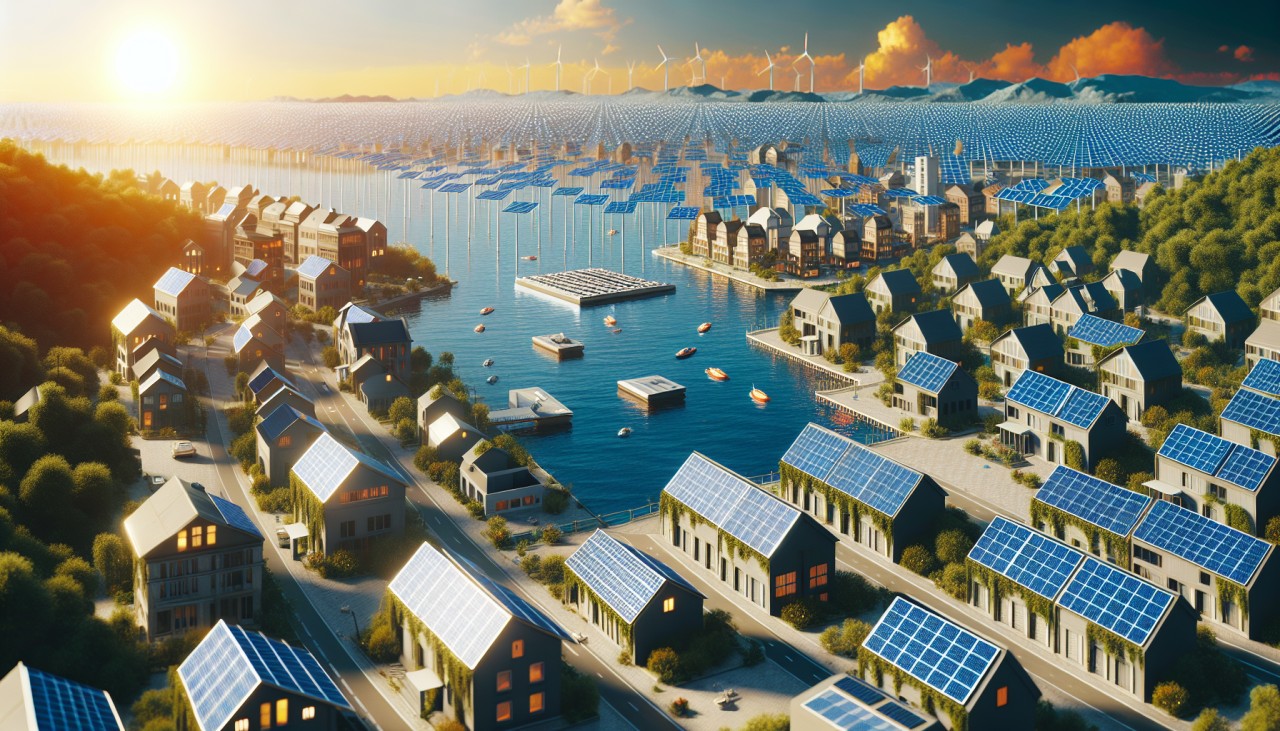


The solar energy landscape is undergoing significant transformations, with technological innovations and strategic integrations enhancing its efficiency and accessibility. One notable advancement is the development of bifacial solar panels, which capture sunlight on both sides, increasing energy production by up to 30%. This design allows for the utilization of reflected light from surrounding surfaces, making solar installations more space-efficient and cost-effective. Additionally, the integration of Building-Integrated Photovoltaics (BIPV) is revolutionizing urban architecture. Solar tiles and facades seamlessly blend with building materials, enabling structures to generate clean energy without compromising aesthetics. This trend is particularly beneficial in densely populated areas where space is limited, offering a dual-purpose solution that addresses both energy needs and urban design considerations.
Another emerging trend is the adoption of floating solar farms, or "floatovoltaics," which are installed on bodies of water such as lakes and reservoirs. These installations not only generate renewable energy but also help reduce water evaporation and algae growth, contributing to environmental conservation. The cooling effect of water enhances the efficiency of solar panels, making floating solar farms a promising solution for regions with limited land availability. Furthermore, the integration of Artificial Intelligence (AI) and the Internet of Things (IoT) into solar systems is optimizing energy management. AI-powered monitoring systems predict maintenance needs and adjust energy production based on real-time data, ensuring optimal performance and extending the lifespan of solar installations. These advancements collectively contribute to a more sustainable and efficient energy future, highlighting the dynamic evolution of solar power technologies.